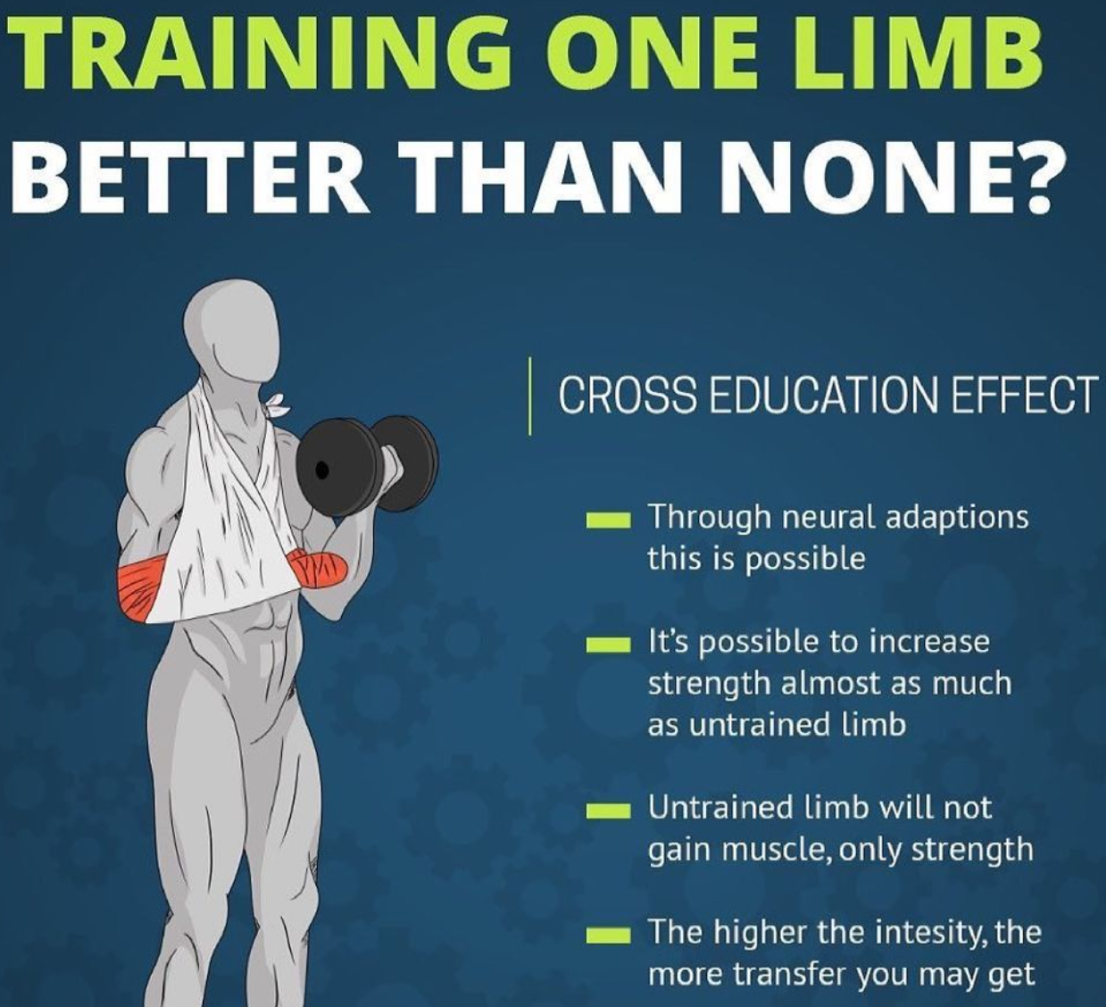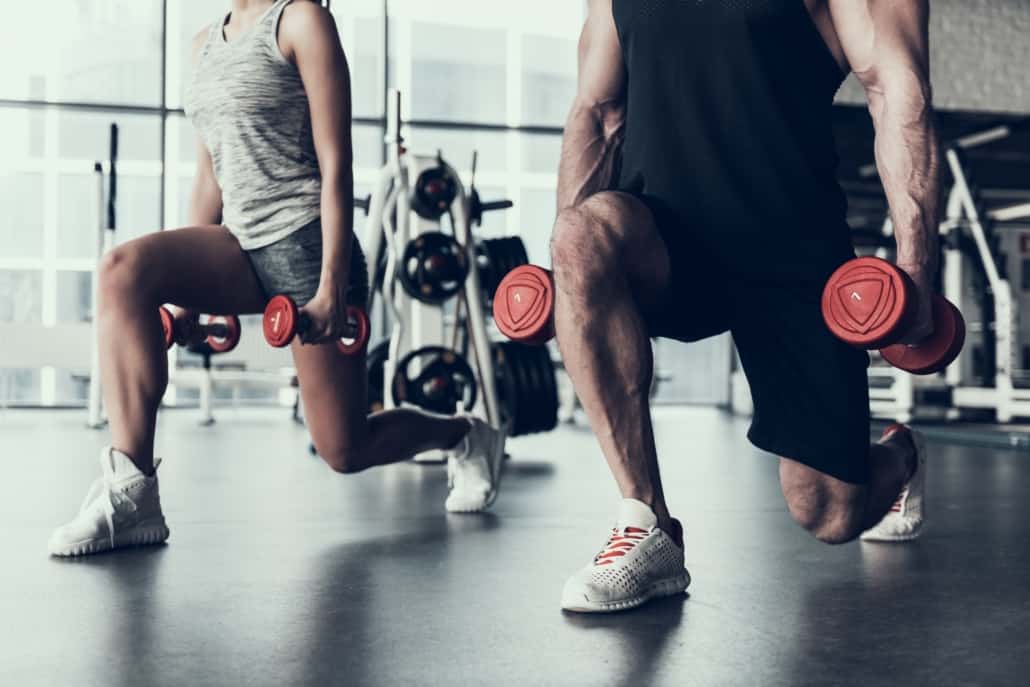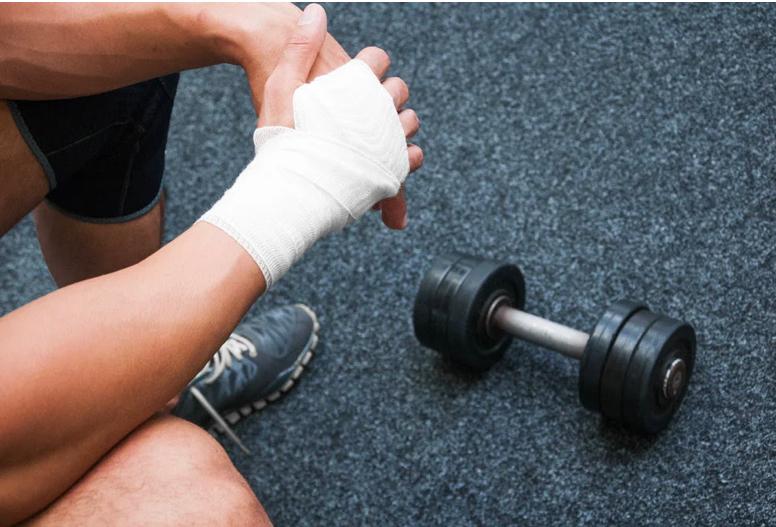The Power of Cross-Education in Injury Recovery: Unlock the Potential to Heal Faster!

Recovering from injuries can be a long and frustrating journey, particularly when the injury affects mobility, such as with a distal radius fracture (a common wrist injury). This type of injury is prevalent among older adults, especially women, and rehabilitation typically involves immobilization and physical therapy. However, recent research points to cross-education as an innovative approach that may significantly improve the recovery process.
Cross-education involves strength training the uninjured limb to aid recovery in the injured one. In fact, this concept offers a revolutionary way to speed up rehabilitation, which makes it an exciting topic for anyone in the process of injury recovery.
Now, let’s explore the study that tested this method and discuss how it applies to injury recovery strategies.
The Study Behind Cross-Education
A randomized controlled trial was conducted to test the effects of cross-education on women recovering from distal radius fractures. The trial included 51 women over the age of 50, 39 of whom were eligible for the final analysis. These participants were divided into two groups: one group received standard rehabilitation, while the other combined their rehabilitation with strength training for the non-fractured limb.
The Intervention and Outcomes
The standard rehabilitation included exercises for the injured arm, along with immobilization using a cast. For those in the training group, strength exercises for the uninjured arm began immediately post-fracture and were carried out three times per week for 26 weeks. The study focused on key measurements like handgrip strength in the injured hand, range of motion (ROM), and the Patient Rated Wrist Evaluation (PRWE) score, a measure of pain and function in the wrist.
Key Findings: Faster Recovery Through Cross-Education
The results were remarkable! Strength training the uninjured limb led to significantly better outcomes in the injured arm. After just 12 weeks, the group using cross-education experienced a 38.4% improvement in strength compared to only a 4.4% increase in the control group. Not only did strength improve, but so did the range of motion and overall functionality of the injured arm.
Why This Study Matters
 One of the study’s strengths was its randomized controlled design, ensuring reliability in the results. It was the first to apply cross-education to an actual clinical injury, closing a gap in previous research that had focused mainly on healthy individuals. However, the study did face challenges, such as ensuring participants adhered to the at-home strength training protocol, which was unsupervised.
One of the study’s strengths was its randomized controlled design, ensuring reliability in the results. It was the first to apply cross-education to an actual clinical injury, closing a gap in previous research that had focused mainly on healthy individuals. However, the study did face challenges, such as ensuring participants adhered to the at-home strength training protocol, which was unsupervised.
Applying Cross-Education to Your Training and Recovery
The implications of this study go beyond just distal radius fractures. You can apply cross-education to various unilateral injuries, meaning injuries that affect only one side of the body. This technique could help athletes and anyone recovering from a limb injury to regain strength and mobility faster than traditional methods alone.
So, if you find yourself recovering from an injury, consider incorporating strength training for your uninjured limb as part of your rehabilitation. This method could be your key to getting back to an active lifestyle more quickly.

The Future of Cross-Education in Injury Recovery
Although this study focused on wrist fractures, it opens the door to a broader application of cross-education in other injuries, such as knee or shoulder issues.
Furthermore, more research is needed to fully understand the mechanisms behind this technique and to determine its effectiveness across different injuries and longer recovery periods.
Conclusion
Injury recovery doesn’t have to be a drawn-out, frustrating process. Thankfully, with cross-education, you have a powerful tool to enhance recovery by strengthening the non-injured limb. As a result, this innovative method could drastically reduce the time it takes to regain strength and mobility, helping you return to your normal activities faster.
So, next time you find yourself facing the challenge of injury recovery, remember this game-changing approach. Consider adding cross-education to your rehabilitation routine and unlock a faster, more efficient recovery path.
Reference
Magnus, C. R., Arnold, C. M., Johnston, G., Dal-Bello Haas, V., Basran, J., Krentz, J. R., & Farthing, J. P. (2013). Cross-education for improving strength and mobility after distal radius fractures: a randomized controlled trial. Archives of physical medicine and rehabilitation, 94(7), 1247–1255. https://doi.org/10.1016/j.apmr.2013.03.005
Author: Daniel Salazar



